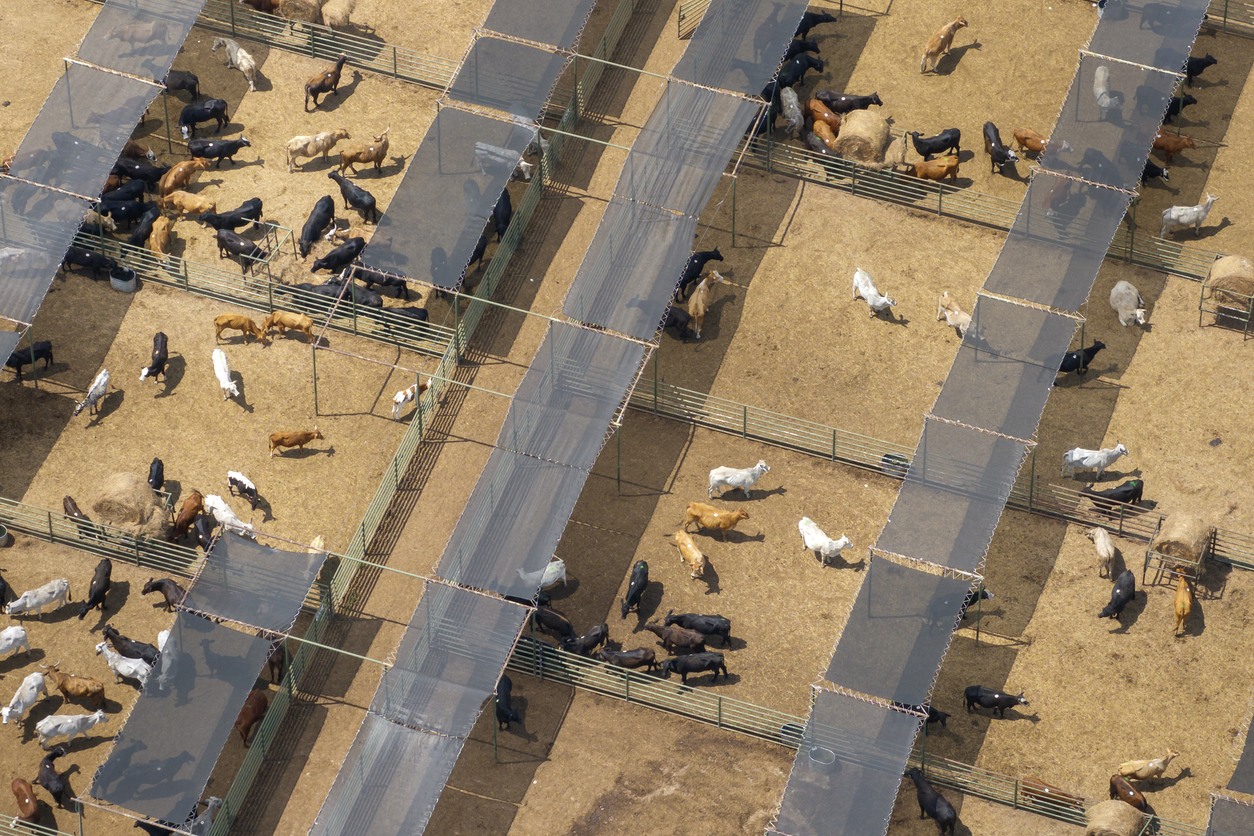Changing Seasons Bring Higher Risk – and Higher Costs – for Cattle Health

Why BRD hurts your bottom line
BRD slows growth, increases veterinary bills, and can lead to death losses. Even mild cases mean fewer kilos on the truck come sale day. While vaccination programs, careful backgrounding, and experienced pen riders help, the industry is still chasing earlier, more reliable detection to stop losses before they start.
Technology shows promise - But isn’t there yet
The Australian Lot Feeders’ Association notes steady improvement through better management and vaccines. Still, the “Fitbit for cows” solution remains elusive. JBS, the country’s largest lotfeeder, recently trialled smart ear tags to monitor temperature and feeding behaviour. The idea: support younger pen riders who may not have decades of stockmanship.
Early trials revealed problems, the tags caused minor abscesses and didn’t deliver consistent data, but the effort was far from wasted. Each trial builds knowledge and moves the industry closer to cost-effective, welfare-friendly monitoring tools.
What you can do now
- Vaccinate and pre-condition cattle before sale or feedlot entry.
- Work with experienced livestock handlers to catch symptoms early.
- Keep nutrition and stress management front of mind as seasonal conditions change.
Healthy cattle are profitable cattle. As technology develops, these practical steps remain the best defence against BRD and the best way to protect your bottom line this season.


